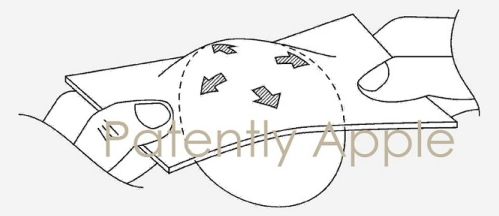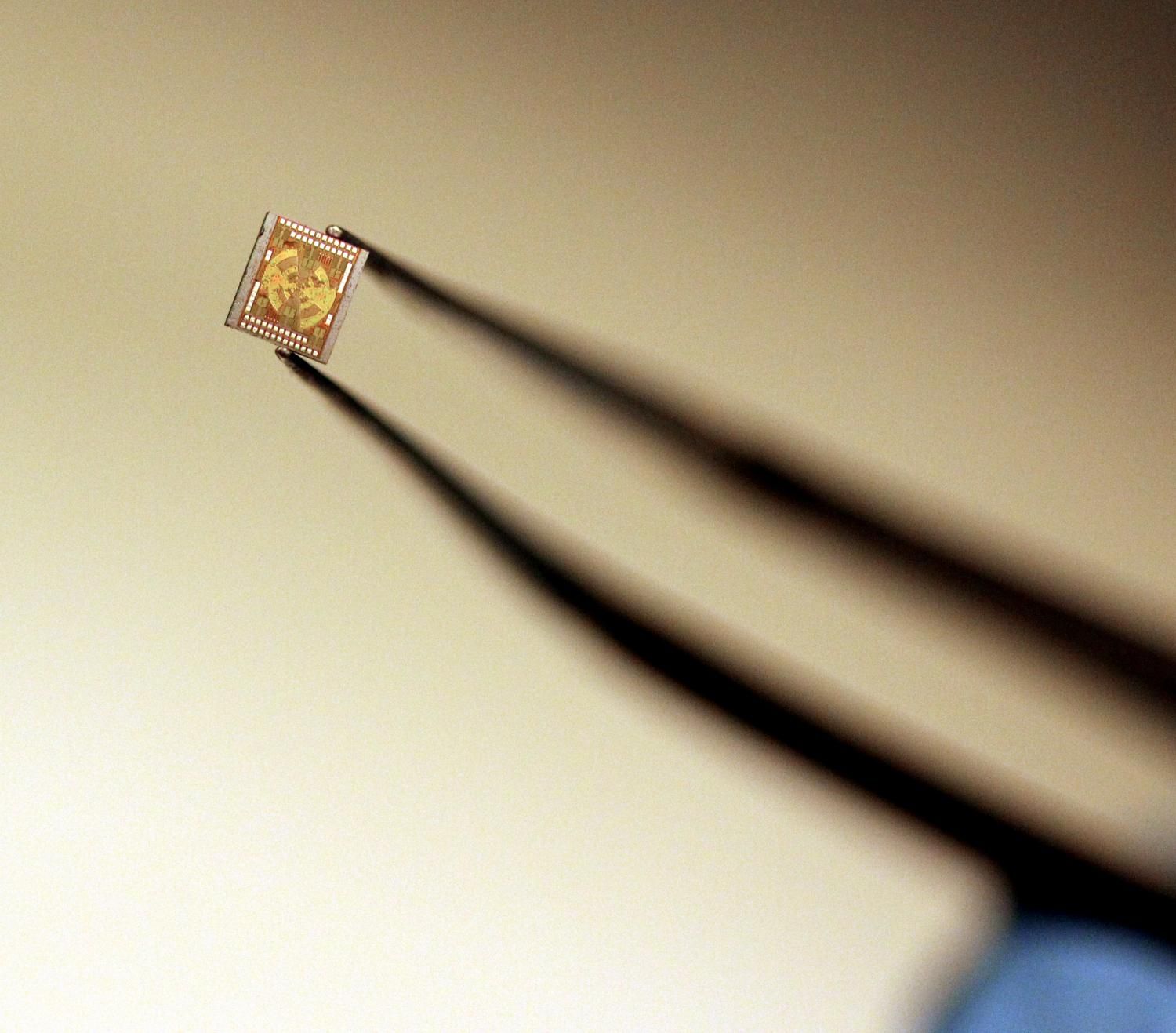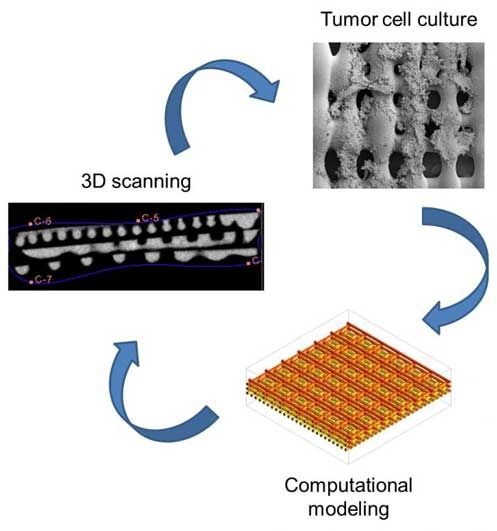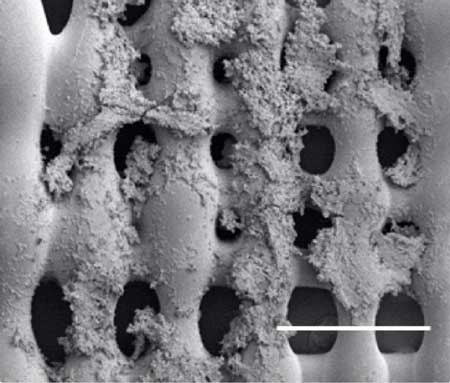I suggest they connect with DARPA or Dr Phillip Ball on QBS.
This is undoubtedly relief for certain medical conditions, but the potential for misuse, harm and control demands an ethical debate to define the limits. Unfortunately, Technocrats shun such discussions. ⁃ TN Editor.
In labs testing how brain implants could help people with physical disabilities, tales of success can be bittersweet.
Experiments like those that let a paralyzed person swig coffee using a robotic arm, or that let blind people “see” spots of light, have proven the huge potential of computers that interface with the brain. But the implanted electrodes used in such trials eventually become useless, as scar tissue forms that degrades their electrical connection to brain cells (see “The Thought Experiment”).









